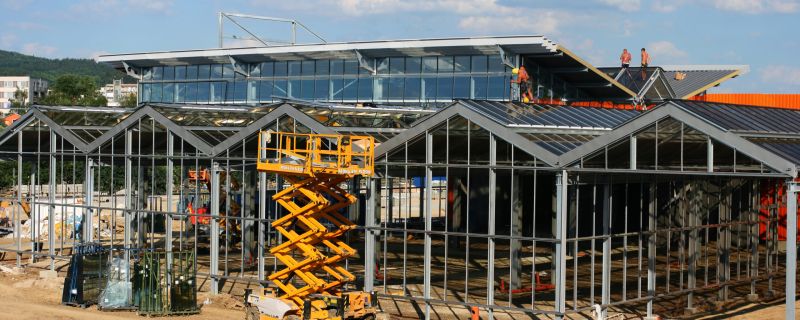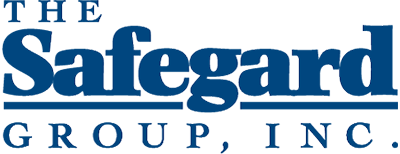
- Claims & Risk Management
- No comments
A scissor lift is a large piece of equipment used on construction job sites to provide workers the ability to work at heights. Although they are convenient, scissor lifts can be dangerous when not properly maintained and serviced, used inappropriately or used by an untrained operator. According to the federal Bureau of Labor Statistics, dozens of workers are injured every year while operating a man lift (scissor lifts are a type of man lift).
Know Scissor Lift Hazards
The following are common job hazards associated with using scissor lifts:
- The lift tipping over or a worker falling off the platform if the lift is:
- Operated in unfavorable weather conditions such as high winds
- Positioned on soft or uneven ground or surfaces
- Overloaded with heavy objects
- Used without guardrails
- Driven on uneven, unstable ground while elevated
- Elevated without properly setting the brakes
- Electrocution, if the lift makes contact with overhead electrical or power lines.
- Crushing, if the lift platform comes into contact with overhead structures.
Protect Yourself from Injury
One of the most important aspects in the safe operation of scissor lifts includes ensuring you have received appropriate training. Only trained and competent workers are permitted to use any scissor lift. Training must also be specific to the type of scissor lift you will operate.
Before using a scissor lift, test the controls and inspect the lift daily. Walk around the equipment to ensure it is in good working order. If the lift is equipped with outriggers, they should be adequately inspected for wear and damage and used in accordance with the manufacturer’s recommendations. Report any equipment damage to your supervisor immediately. Take unsafe equipment out of service immediately for repair.
Areas where lifts will be operated must also be inspected. During these inspections, operators must pay special attention to the following:
- Ground depressions and obstructions
- Overhead obstructions
To ensure safety from electrocution and electrical shock hazards, maintain a minimum clearance of at least 10 feet from the nearest overhead power line.
Be safe and healthy on the job at with these helpful tips provided by The Safegard Group, Inc.

